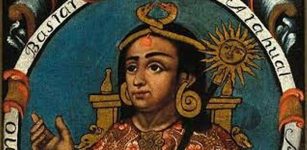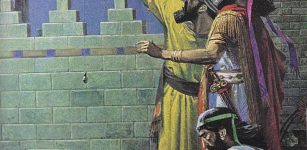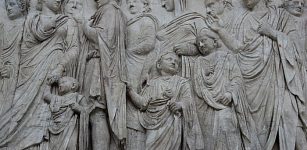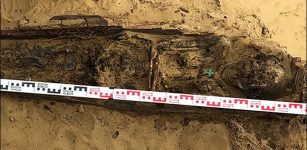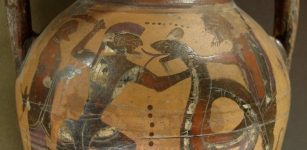On This Day In History: Sack Of Rome Took Place on May 6, 1527
AncientPages.com - The city of Rome had not been sacked for several centuries, but on May 6, 1527, it suffered the worst assault it had ever known, far worse than anything at the barbarian migrations.
Spanish successes led to the sack of Rome in 1527. It was the last of the many sackings of this city since its foundation.
Sack of Rome. 6 May 1527 by Martin van Heemskerck (1527) - Public Domain]
Under the command of the Duke of Bourbon, the imperial army marched on Rome. At 7:30 a.m., on this day, in 1527, about 20,000 troops, some Spanish and some Germans, primarily mercenaries, broke into the city through Rome's defenses and entered the Vatican district.
The death of the last respected command authority among the Imperial army caused any restraint in the soldiers to disappear. They quickly captured the walls of Rome the same day. One of the Swiss Guard's most notable hours occurred at this time. Imperial troops massacred almost the entire guard on the steps of St Peter's Basilica.
Of 189 guards on duty, only the 42 brave men accompanying the pope survived. Approximately 1,000 defenders of the Papal capital and shrines were executed.
 Sack of Rome, by Francisco Javier Amérigo Aparicio, 1884. Biblioteca Museu Víctor Balaguer. Painting 1887 - Francisco Javier Amérigo y Aparici - Public Domain
Sack of Rome, by Francisco Javier Amérigo Aparicio, 1884. Biblioteca Museu Víctor Balaguer. Painting 1887 - Francisco Javier Amérigo y Aparici - Public Domain
Pope Clement VII escaped through a secret corridor between the Vatican City and the fortress Castel Sant' Angelo. He found refuge within the walls of this fortress, constructed from the remains of the tomb of Emperor Hadrian.
The city of Rome suffered severely due to a horrific massacre of its residents and total devastation inside the city's walls. Cardinals and prelates, including one future Pope, Julius III, were humiliated and tortured, altars were ransacked, riches confiscated, patients in hospitals and children in orphanages butchered.
After the brutal execution of some 1,000 defenders of the Papal capital and shrines, the pillage began. Churches and monasteries, the palaces of prelates and cardinals, and priceless pieces of art were looted and destroyed.
The ancient records say that everyday life came to a halt for almost a year. Nothing was spared, sacred or profane.
This military event is strongly connected with the French-Spanish struggle for hegemony in Italy in the fifteenth and sixteenth centuries.
However, the event's immediate cause was the clash between the political program of the harried Medici Pope, Clement VII (1523-1534), and the ambitions of Charles V (1516-1558), King of Spain, King of Germany, and Holy Roman Emperor.
AncientPages.com



